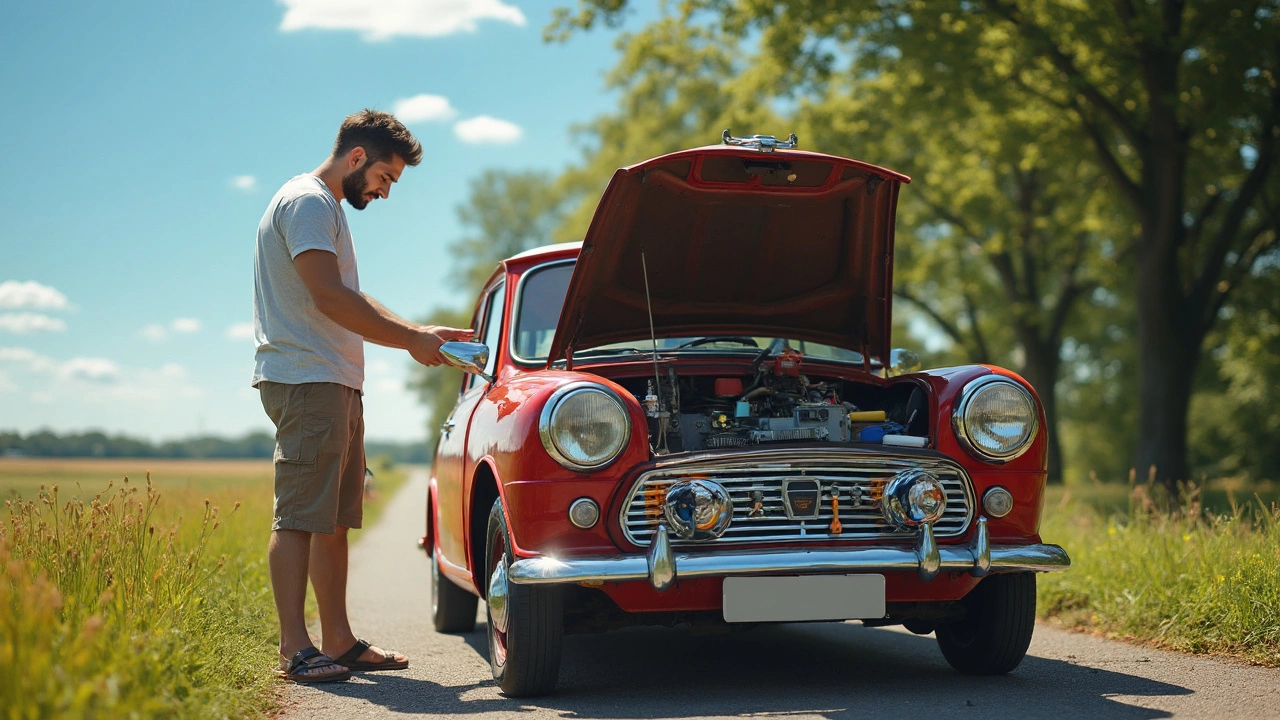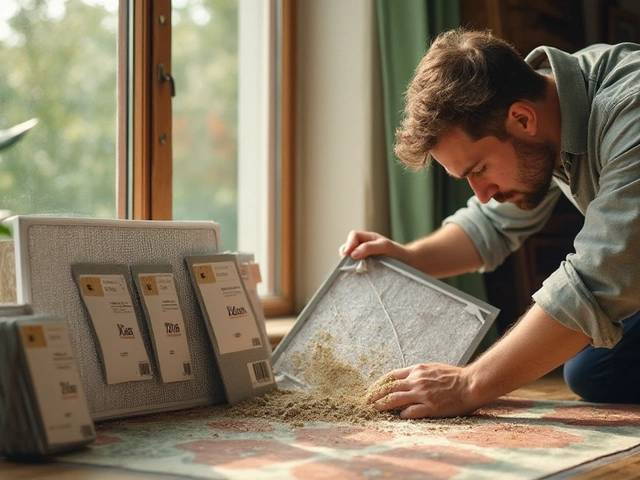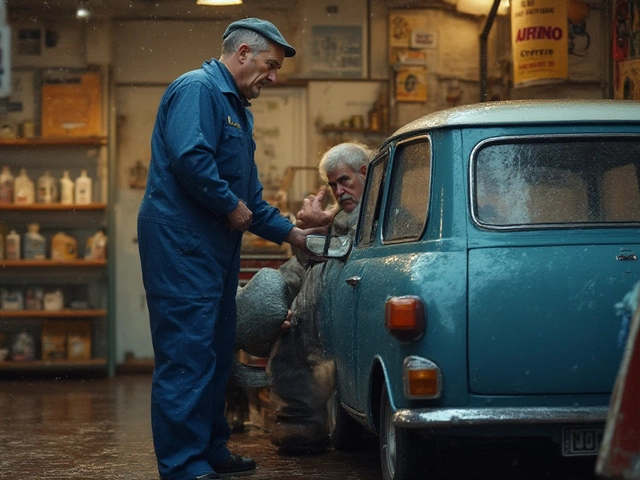Cold Car Air: How to Keep Your Engine Cool and Feel Comfortable
Want your car to run smoother and stay cooler, whether it’s a scorching summer day or a frosty morning? Cold air is denser, which means more oxygen for combustion and a nicer cabin temperature. Below you’ll find quick, no‑nonsense tricks to bring colder air into the engine and the cabin without spending a fortune.
Why Cold Air Matters for Your Engine
When the air is cold, its molecules are packed tighter. That extra density lets the engine burn fuel more efficiently, giving you a few extra horsepower and better fuel economy. In hot weather, a warm intake can cause the engine to run rich, raising fuel consumption and emissions. Even in winter, a cold‑air intake helps the engine start faster because the fuel ignites more easily in cooler surroundings.
Besides performance, colder intake air reduces the risk of knocking – the nasty ping you hear when the fuel detonates too early. Knocking can damage pistons over time, so keeping the charge cool is a simple way to protect your engine.
Easy Ways to Get More Cold Air
1. Upgrade to a cold‑air intake (CAI) kit. A CAI replaces the factory box with a pre‑filter that sits outside the engine bay, drawing air from a cooler spot. Most kits bolt on in 30 minutes and give a noticeable power bump.
2. Replace the stock air filter with a high‑flow performance filter. Brands like K&N or Purolator offer washable filters that let more air through while still catching dust. Clean the filter regularly to avoid restricting flow.
3. Check the air‑box seal. Cracks or loose clamps let hot engine bay air sneak in. Tighten clamps and replace any broken rubber grommets to keep the intake air truly cold.
4. Use the “recirculate” mode on the AC wisely. In hot weather, the recirculate setting draws cabin air, which quickly warms up. Switch to fresh‑air mode for a few minutes to pull in cooler outside air, then back to recirculate for a steady blast.
5. Park in the shade. A car parked in direct sun can see interior temps rise 30 °F (≈15 °C) higher than the outside. Shade keeps the cabin cooler, so the AC doesn’t have to work as hard.
6. Maintain proper coolant levels. The cooling system helps keep the engine block at optimal temperature. Low coolant forces the engine to run hotter, which also heats the intake air.
7. Use winter-rated oil in cold climates. Thinner oil flows better when it’s chilly, reducing friction and helping the engine warm up evenly. This keeps the intake air from getting trapped in a cold, sluggish engine.
8. Inspect the vents for blockages. Leaves or debris can block the front grille, forcing the engine to pull hot air. Clear the grille regularly, especially after off‑road trips.
By combining a few of these steps, you’ll notice smoother acceleration, lower fuel use, and a cabin that feels just right. No need for expensive engine swaps – just a little attention to the air that feeds your car.
Got questions about which cold‑air intake fits your model, or how often to clean a high‑flow filter? Drop by Northwich Tyres Centre for expert advice and a quick check‑up. We’ll help you pick the right parts and get them installed fast, so you can enjoy cooler air and better performance right away.
 26 February 2025
26 February 2025
Make Your Car AC Cold Again: Simple Solutions to Beat the Heat
If your car AC isn’t as cold as it used to be, don't sweat it. This article dives into common reasons why your car's AC may not be performing well and offers practical fixes. We’ll explore everything from low refrigerants to radiator issues and help you tackle the problem yourself. Get back to enjoying those cool rides, even on the hottest days. Fixing your AC might be easier than you think.






0